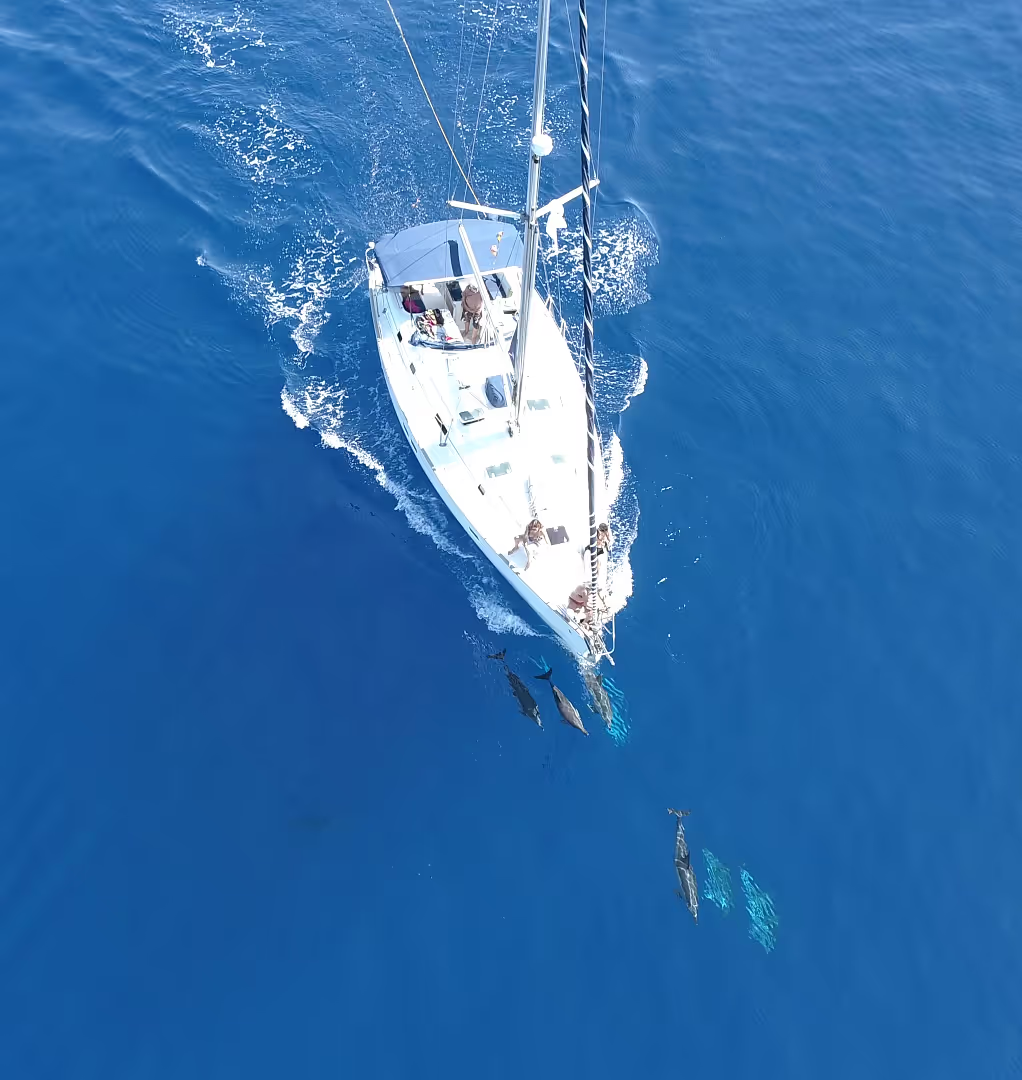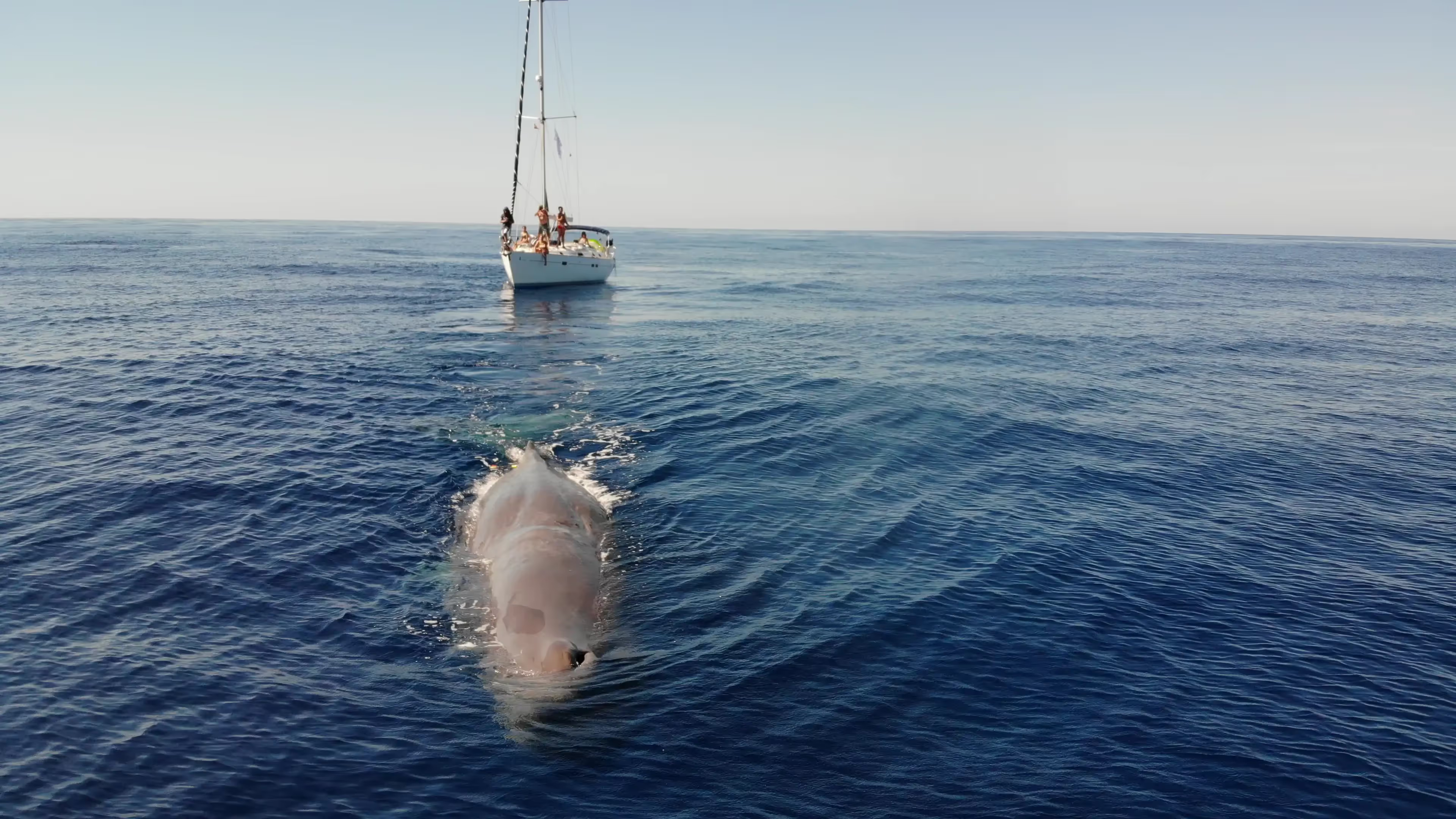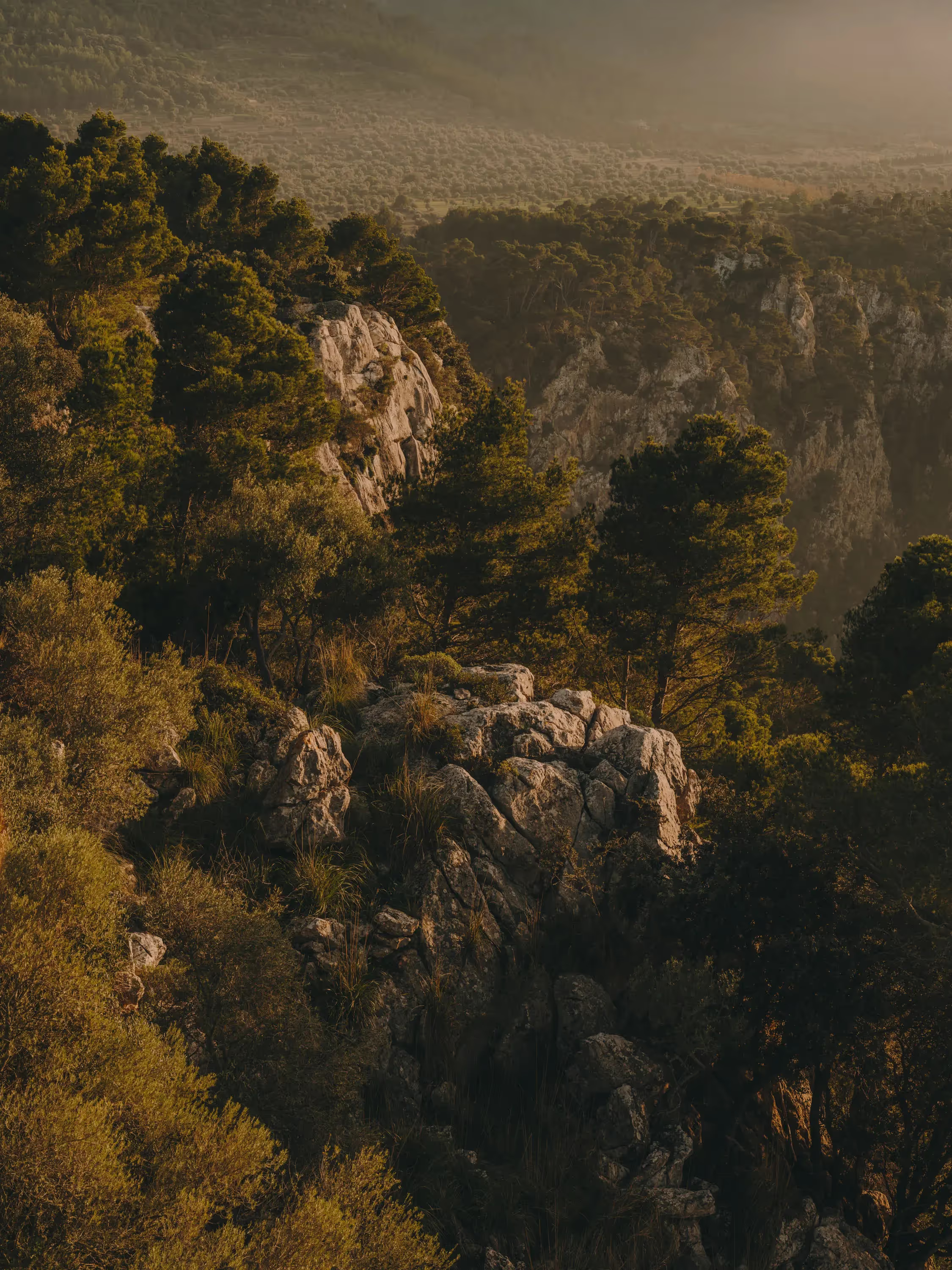
D
id you know that there are sperm whales just a few miles off the Balearic’s coastline? The sperm whale, a cousin of Moby Dick, is the largest mammal in the Mediterranean. Just imagine, the females measure around 11 metres and the males are up to 16 metres long - the size of a nice sailing boat! They weigh between 20 and 50 tonnes. You can recognise them by their big heads: “They have the heaviest brains in the animal world,” explains Txema Brotons, scientific director of Tursiops, an NGO set up to study dolphins, and which has become a pioneer in the study of sperm whales in the Balearic Islands.
These wild animals are difficult to study because they spend a lot of time underwater and have impressive movement capabilities. “We are land animals and don't move very well underwater,” says Txema, “We have no autonomy, no speed, no vision.” This makes it hard to get to know these extraordinary animals. “While sperm whales,” explains the biologist, “live in areas far from the coast unless the bathymetry is steep and the great depths are close to the coast. They are great divers. They feed at 600 metres and can dive even deeper. Unlike dolphins, which eat the same fish as we do, sperm whales feed in an ecosystem, a niche that is not exploited by man". So they are not directly affected by overfishing.
During prospecting campaigns, Txema and his team discovered a large number of baby sperm whales in the north of Menorca. “We realised that this was a breeding area”, explains Txema. It is one of the most moving memories for Marga Cerda, a marine science graduate and member of Tursiops since 2013. “A few years ago” she recalls, “we saw a baby sperm whale snuggling up to our sailboat; it stayed in the shadow of the boat thinking we were its mum. We were able to see it up close. In the north of Menorca, we twice saw newborns, one of which still had its umbilical cord. Baby sperm whales are a bit oblivious," says the scientist, smiling.















